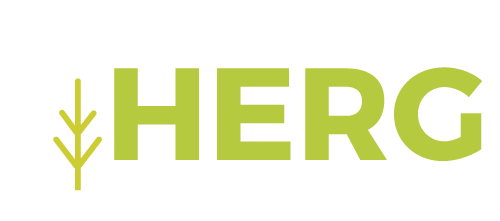Since recorded time, rivers have facilitated the establishment of human civilizations because of the myriad ecosystem goods and services they offer (Macklin and Lewin, 2015). Rivers provide transportation corridors, supply food in form of fisheries, and are major sources of water for irrigation, domestic use, renewable energy, and industrial development (Ripl, 2003). However, these benefits have come at a great cost to the structural and functional integrity of rivers and linked ecosystems (Dudgeon et al., 2006; Vörösmarty et al., 2010). The capacity of rivers to sustainably meet human needs for water and ecosystem services is premised on maintaining their ecological integrity, which encompasses the gamut of biological diversity and ecosystem processes that maintain them (Karr, 1993). In river networks, ecological integrity is spatiotemporally dynamic, largely driven by the natural flow regime (Poff et al., 1997), which provides a template for ecological processes and species to thrive. River managers have the challenge of reconciling human needs with the ecological requirements of healthy ecosystems. This requires innovative decision-support tools for assessing and monitoring the ecological status of rivers to guide management and conservation efforts.
